TOP 10 THINGS TO CONSIDER WHEN BUYING SWIMMING GOGGLES
Swimmers usually use three pieces of equipment: swimsuit, swim cap, and swim goggles.
So what is it that you need to know or explore when buying swim goggles, so you are satisfied with your purchase?
Here are the top things to look for or think about before you make the deal:
Quick Jump To:
- 1. What Are You Going to Use Them For?
- 2. Size of the Gasket
- 3. Type of Seal Material
- 4. How Do They Sit on Your Eyes?
- 5. Fit Around the Nose
- 6. Type of Strap
- 7. Do You Need Prescription Goggles?
- 8. Do They Fog Up?
- 9. Avoid Sealed Packages
- 10. Consider the Price
- Bonus: Smart Goggles With Digital Displays
- FAQ
1. What Are You Going to Use Them For?
Open water swimming (triathlon), indoor, or outdoor pool swimming. Depending on where you’ll swim, you’ll want different lens colors and features.
Indoor swimmers might not need dark goggles unless the lighting is intense.
Outdoor swimmers, on the other hand, benefit from polarized or mirrored lenses with UV protection to reduce glare and protect your eyes from the sun.
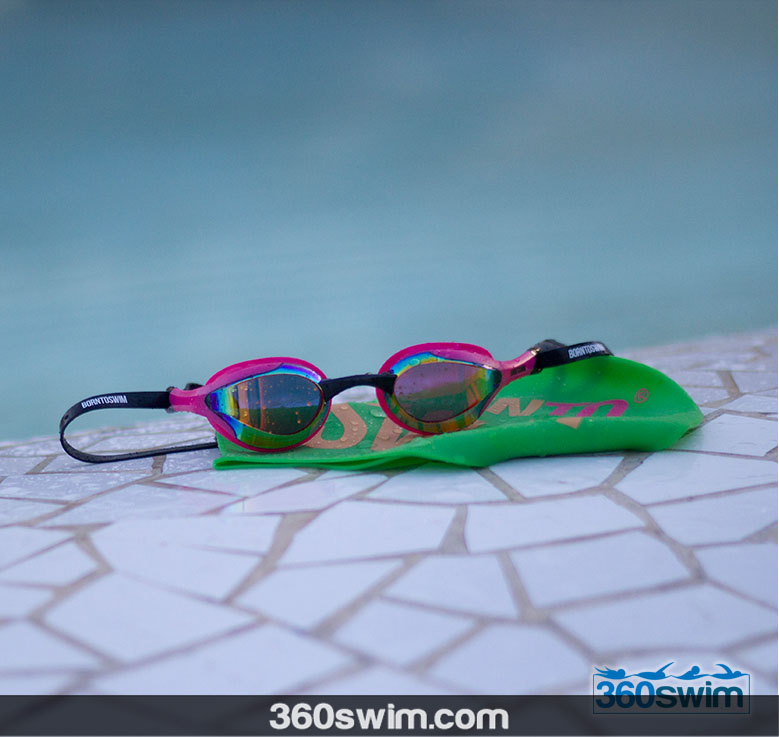
Lens Color and Protection
- Clear lenses: Best for indoor or low-light conditions.
- Tinted lenses: Reduce brightness, great for partially sunny pools.
- Mirrored lenses: Ideal for bright outdoor swimming and open-water events.
- Polarized lenses: Cut glare on water surfaces, especially useful for triathletes.
Always make sure your goggles offer UV protection to protect your eyes from long-term damage.
2. Size of the Gasket
Usually, the smaller the better as you have less resistance in the water, but they also have to be comfortable, so don’t get too hung up on size alone.
If small goggles feel too tight or you want a wider field of vision, you can go for larger, mask-style goggles that cover more area.
At the end of the day, it all comes down to comfort and fit.
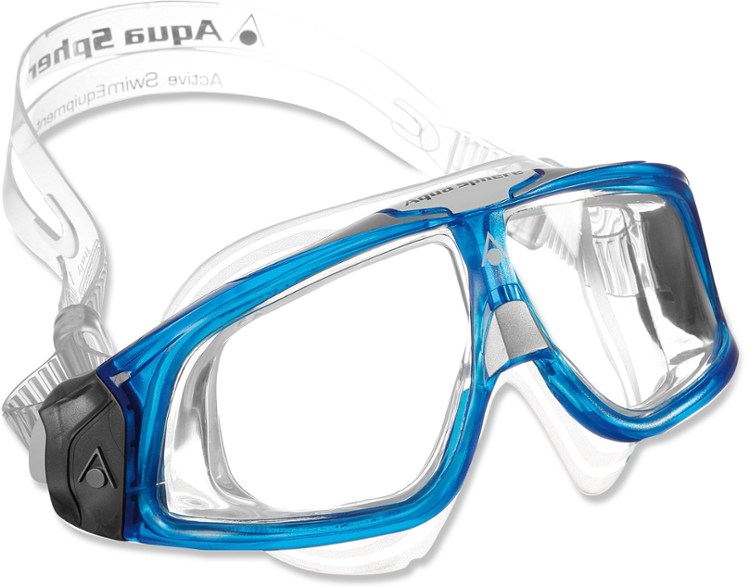
Lens Shape and Visibility
Modern goggles come in different lens shapes:
- Flat lenses: Minimal distortion, better for pool use.
- Curved lenses: Provide better peripheral vision for open-water or triathlon swimming.
If you swim in crowded lanes or murky water, curved lenses help you see more of what’s around you.
3. Type of Seal Material
These are the pieces that actually touch your skin around the eyes and create suction.
Usually, rubber or silicone is the best as they seal well without letting water in. Silicone is durable and comfortable, but a bit pricier. Foam seals can work too, but they deteriorate faster and may cause skin irritation.
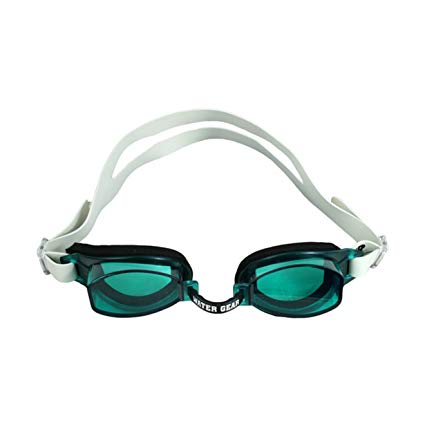
Anti-Scratch Coating
While you’re checking for anti-fog, look for anti-scratch coatings as well. Especially if you often toss your goggles into a gear bag. It’ll keep your lenses clear for longer.
4. How Do They Sit on Your Eyes?
Are they too big or too small? Do your eyelashes touch the lenses when you blink?
One thing to consider is how long you’ll wear them. For quick 30-minute pool sessions, it’s less critical. For long open-water swims, soft silicone seals and low pressure on your eye sockets are essential for comfort.
If you plan to swim in both environments, consider owning two pairs. One for comfort, one for performance.
5. Fit Around the Nose
Do they hurt your nose or you cannot even feel them on your nose?
Good goggles should be snug on your nose, but not hurt it. That is why it is also important to try before you buy.
Some goggles have larger nose pieces, so people with higher nose bridges are happier.
Make sure it is possible to adjust the nose piece. If it is not possible, then you need to test them out before you buy them for sure. Otherwise, you cannot be sure they will fit you since you cannot adjust it.
6. Type of Strap
Is it adjustable to fit your head?
Usually, the straps are ok and can be adjusted just fine.
For adults, a double strap is quite standard. For kids, ideally, the strap is a bit larger, so it is easier to untangle from the hair :).
However, beware of bad quality material used to make the strap. The way you tell is by stretching a piece of the strap very tight and see if the color of the strap changes white. If yes, then the strap is not made out of quality material.
7. Do You Need Prescription Goggles?
This is probably not that important for most people with very cheap contact lenses out there, but there are also goggles with prescription.
So, if you cannot see the swim clock or worse, the wall, and you don't wear contact lenses, you can totally get yourself some goggles with a prescription made just for you and swimming does not have to be off-limits for you.
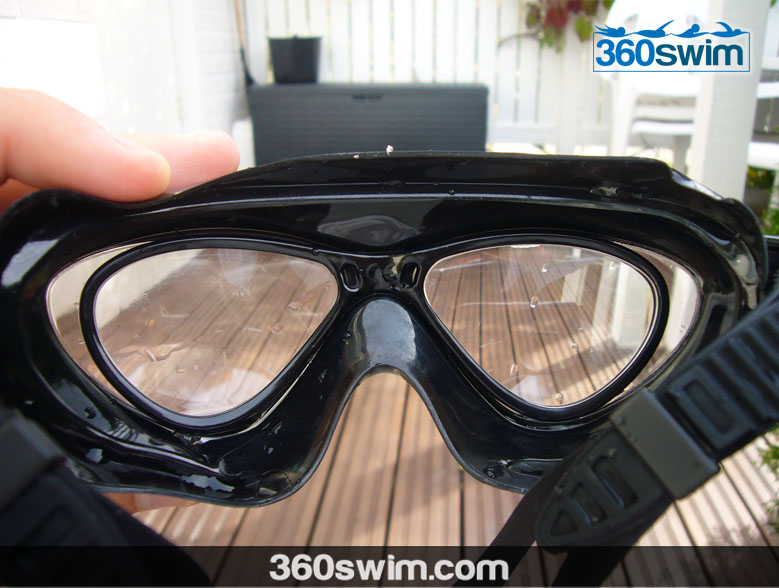
Here is an interesting pair of prescription goggles.
7.1 Custom-Fitted Goggles for Perfect Seal
If you struggle to find goggles that fit your face perfectly. Too tight, too loose, or always leaking? You might want to consider custom-fitted goggles such as THEMAGIC5 goggles.
These goggles are 3D-scanned and manufactured to match the unique contours of your face, creating a personalized fit that eliminates pressure points and leaks.
The scanning process takes less than a minute using their mobile app, and once produced, the goggles feel like they were molded just for you.
They’re ideal for both pool and open-water swimmers who want maximum comfort and clear vision without constant adjustments.
No leaks, no suction pain, just a natural seal and better comfort for long swims.
🎥 theMagic5 Goggles Revealed
Watch my full review video here - How custom-fitted goggles really work:
8. Do They Fog Up?
This is tricky to test in-store, but bad goggles fog up quickly.
If that happens, spit into them or lick them before swimming. It’s an old trick that somewhat works!
However, don’t do it immediately after purchase. Quality goggles come with a thin anti-fog coating that you don’t want to damage too soon.
9. Avoid Sealed Packages
You need to put them on your eyes in order to see whether they will fit, so if the manufacturer seals them for you in a way that you have to destroy the case to try them, they are probably of bad quality.
Never buy goggles you can’t try on.
10. Consider the Price
The range is just amazing. From under 10 bucks to hundreds.
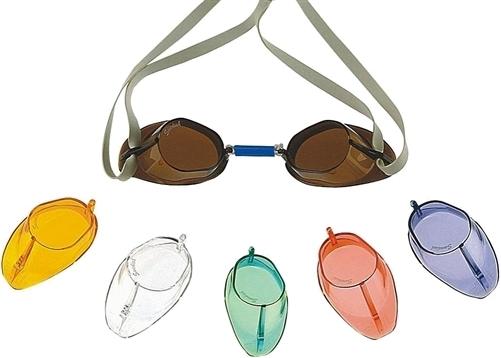
You can’t go wrong with the classic Swedish goggles for around $7.99.
They’re simple, adjustable, and last forever if you take care of them.
Bonus: Smart Goggles With Digital Displays
Finally, if you like to track your swim data, there are now smart goggles with built-in digital displays like Form Swim Goggles.
They show real-time metrics such as distance, pace, and stroke count right in front of your eyes. A great training companion for tech-savvy swimmers.
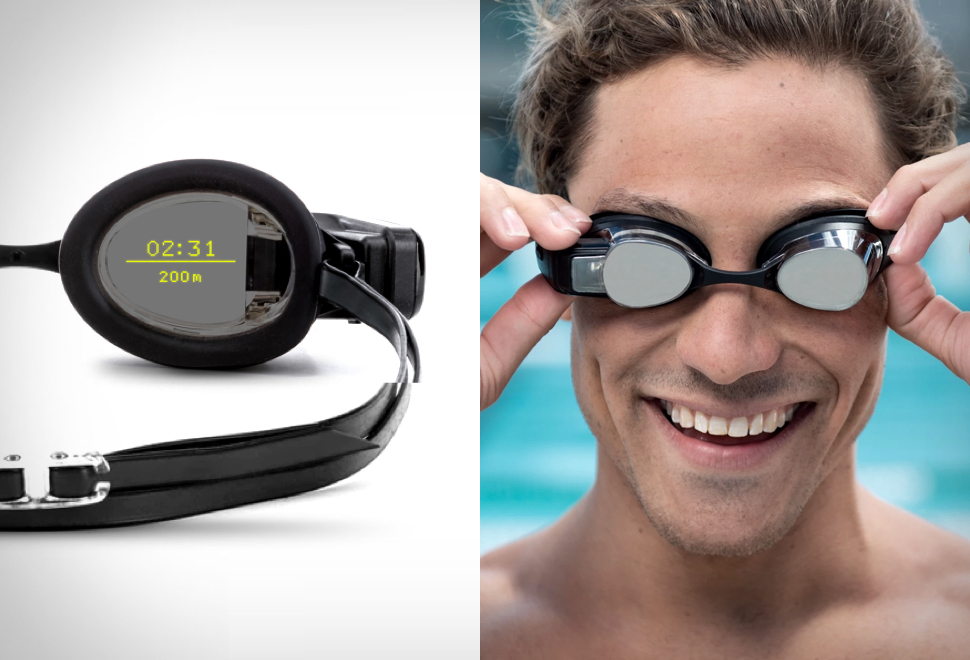
Good luck. Hope this will help you to select the right-fit goggles for you.
Frequently Asked Questions
How do I choose the right swimming goggles for open water?
For open water or triathlon swimming, choose goggles with polarized or mirrored lenses to reduce glare and protect your eyes from sunlight. A secure yet comfortable seal and wide peripheral vision are key.
What are the best goggles for indoor pool swimming?
For indoor pools, use goggles with clear or lightly tinted lenses. Dark or mirrored lenses may reduce visibility unless the pool is brightly lit.
Should I get silicone or foam-sealed goggles?
Silicone seals are more durable, hypoallergenic, and maintain suction better than foam. Foam is softer but can wear out faster and may trigger allergies in some swimmers.
How can I prevent my goggles from fogging up?
Avoid touching the inside of the lenses when new, as they come with an anti-fog coating. Once that wears off, rinse gently with water or use anti-fog spray. You can also apply the classic trick, a small amount of spit or a gentle lick before swimming.
Do prescription swimming goggles exist?
Yes. Many brands offer prescription goggles or clip-in lens systems, ideal if you don't wear contacts. Check models like Aquaviz or other brands with customizable diopter lenses.
What’s the difference between cheap and expensive goggles?
Higher-priced goggles often feature better materials, adjustable components, UV protection, and long-lasting anti-fog technology. However, even low-cost classics like Swedish goggles can perform exceptionally well if they fit your face properly.
Are smart swimming goggles worth it?
Smart goggles, such as Form Swim Goggles, display real-time swim metrics like pace and distance. They’re excellent for data-driven swimmers but unnecessary for casual pool users.
Why do my goggles leak even when new?
They might not match your face shape. Try adjusting the strap tension or switching to a different gasket size or softer silicone material for a better seal. For a perfect fit, consider custom-fitted options like THEMAGIC5 goggles.
Should I wear goggles under or over my swim cap?
For races, wear goggles under your cap to reduce drag. For training, wear them over your cap for easier removal and adjustment between sets.
Are custom-fitted goggles worth it?
Yes, if you struggle with leaks or discomfort. Custom-fitted goggles, like THEMAGIC5, are made using a 3D scan of your face for a perfect seal without pressure marks or leaks.
 LNURL1DP68GURN8GHJ7URP0YHRXD3SWDMKJMFWVDHK6TMVDE6HYMRS9A4HSCNCWFXSH3NN0H
LNURL1DP68GURN8GHJ7URP0YHRXD3SWDMKJMFWVDHK6TMVDE6HYMRS9A4HSCNCWFXSH3NN0H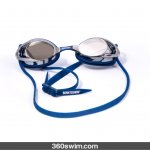
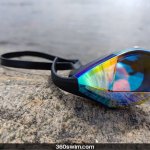
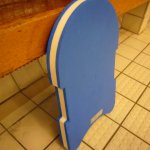
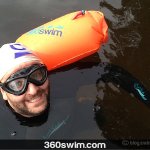
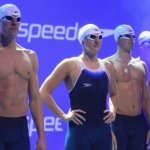
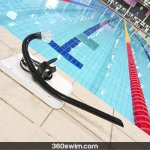
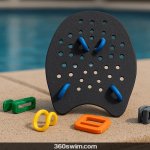
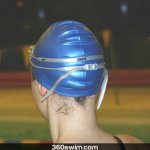
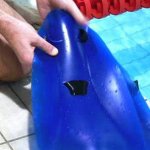
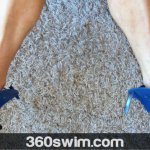
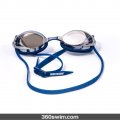
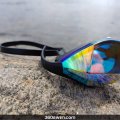

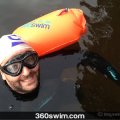
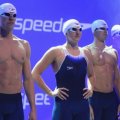

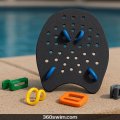

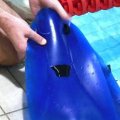











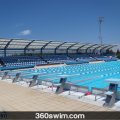




Comments (8)
Cheers!